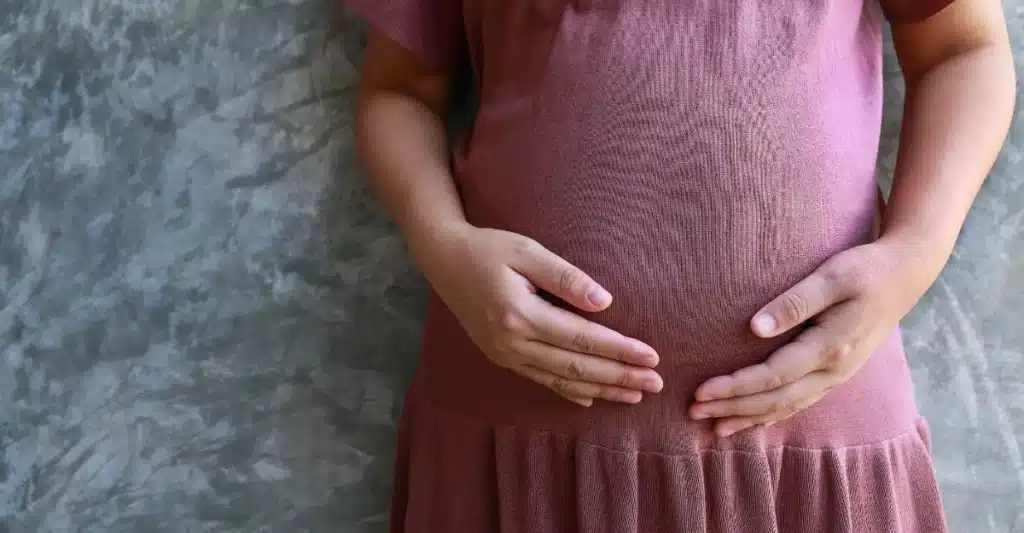Why Am I Not Getting Pregnant After IUD Removal: Learn the Reasons
The journey to conception can be both thrilling and challenging. For some women, the question of why pregnancy is elusive after intrauterine device (IUD) removal becomes a pressing concern.
While IUDs are highly effective contraceptives, their removal typically signals the desire for pregnancy.
Yet, the timing and ease of conception can vary.
In this exploration, we delve into the factors that may contribute to delays in conceiving after IUD removal.
It is understood that many biological, lifestyle, and reproductive nuances can influence conception.
Let’s unravel the question why am I not getting pregnant after IUD removal.
Why cant I get pregnant after IUD removal
Difficulty conceiving after the removal of an IUD may not necessarily be linked to the IUD itself.
Generally, contraceptive methods do not pose a delay in fertility, as indicated by a 2018 study review.
Regardless of the type and duration of contraceptive use, there is no observed negative impact on the ability to conceive after discontinuation.
In the study review, which analyzed 14,884 women, 83 percent successfully conceived within the initial 12 months after discontinuing contraception.
This percentage encompasses 2,374 women who had their IUDs removed.
Jessica Scotchie, MD, a board-certified OB-GYN and co-founder of Tennessee Reproductive Medicine, notes that underlying fertility issues not evident during IUD use, such as ovulation irregularity, heavy and irregular periods, or pelvic pain, could affect one’s chances of conceiving.
Individuals experiencing irregular cycles, painful menses, or unsuccessful attempts at conception for 12 months (if under 35 years old) or six months (if over 35 years old) are advised to seek medical consultation, according to Scotchie.
Another potential reason for difficulty conceiving post-IUD removal, according to Zaher Merhi, MD, a board-certified OB-GYN and fertility expert at New Hope Fertility Center, is the possibility of uterine scarring caused by the IUD.
This risk is heightened if there is any prior infection, potentially leading to conception challenges and an increased likelihood of miscarriage.
Time frame of pregnancy after IUD removal

If you’re eager to conceive soon, it’s worth noting that fertility typically resumes within the first menstrual cycle after the removal of an IUD.
According to Hilda Hutcherson, MD, clinical professor of obstetrics and gynecology at Columbia University Medical Center in New York City, once your doctor removes the IUD, pregnancy becomes possible right away.
In the case of copper IUDs, which do not involve hormones, there is no need for your body to readjust.
After removal, the uterus allows sperm to swim through normally, facilitating the possibility of conception.
Similarly, for most people with hormonal IUDs, ovulation typically continues, and after the device is removed, they should be ready for the journey toward parenthood.
A 2015 pilot study involving 69 former IUD users and 42 non-former users found comparable pregnancy rates at 12 months between the two groups.
Additionally, a 2013 study revealed similar pregnancy rates post-IUD removal in older participants with children.
For instance, the study reported an 81% pregnancy rate within a year for participants under 35, compared to 76% for those between 35 and 40 and 50% for those over 40.
Expectations after IUD removal
IUD removal is generally simple and typically takes only a few minutes.
Many individuals find reassurance in the fact that removing an IUD is much simpler than the insertion process.
Following the removal, it’s normal to have some spotting, which may persist for a few days.
Typically, individuals can resume their regular activities immediately after IUD removal.
Conclusion
The journey to parenthood after IUD removal is a unique and individual experience.
While fertility usually resumes promptly, various factors, such as underlying health conditions or uterine scarring, may contribute to challenges in conception.
It’s reassuring that the majority of individuals successfully conceive within a year after discontinuing contraception, according to studies.
However, age can influence pregnancy rates, emphasizing the importance of realistic expectations.
If difficulties persist, seeking medical advice is crucial.
Read the article Weight Loss After IUD Removal: Understanding the Impact of IUD Removal on Your Body.
Frequently Asked Questions
Why am I having a hard time getting pregnant after IUD removal?
The difficulty in conceiving after IUD removal can be influenced by various factors. Hormonal adjustments, irregular menstrual cycles, and individual variations in fertility timelines are common. If concerns persist, consulting with a healthcare provider for personalized guidance and fertility assessments is advisable.
How many cycles to get pregnant after IUD removal?
Fertility may be immediate or take a week or two to return after IUD removal. Typically, conception is possible within the first menstrual cycle following the removal in most cases.
How long after getting an IUD can you not get pregnant?
The contraceptive effect begins after seven days to prevent pregnancy. It is crucial to use condoms during the initial seven days following the insertion of your IUD. If you engage in sexual activity without using a condom, it is necessary to take emergency contraception to minimize the risk of pregnancy promptly.
WowRx uses only high-quality sources while writing our articles. Please read our content information policy to know more about how we keep our content reliable and trustworthy.






